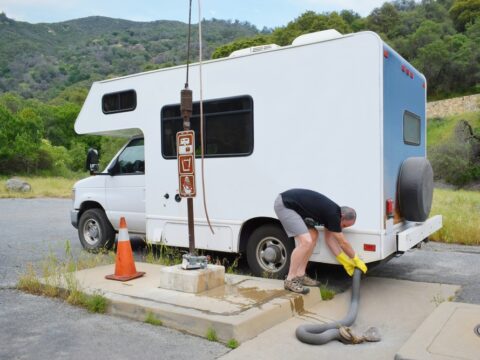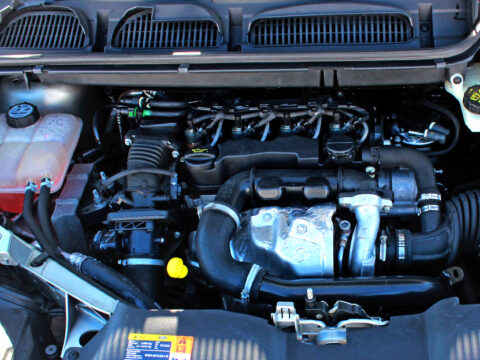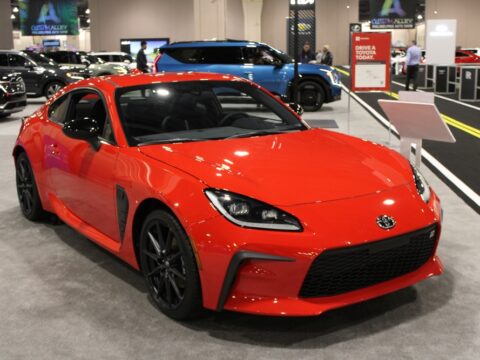Customizing a motorcycle is a thrilling process that allows riders to express their style and enhance performance. However, it’s not without its pitfalls. Every modification should be approached with careful thought and planning, as even minor changes can have significant impacts on the bike’s functionality and safety. Understanding common customization mistakes can save time, and money, and ensure a safer, more enjoyable ride.
Many enthusiasts dive into customization projects without fully considering the consequences of their choices on the bike’s performance and legality. From neglecting legal compliance to using poor-quality parts, these errors can not only diminish the bike’s potential but also pose serious risks on the road. By highlighting frequent mistakes and offering solutions, this article aims to guide riders through successful and sensible customizations that respect both the art and science of motorcycle engineering.
Contents
Poor Planning

Poor planning can lead to a series of customization errors, from mismatched components to a final product that doesn’t meet expectations. Customizing a motorcycle without a clear plan often results in wasted time and resources. It’s essential to map out each step, from design to execution, ensuring that every part fits and functions well together. This approach minimizes surprises and helps maintain a coherent style and functionality.
Overlooking Safety
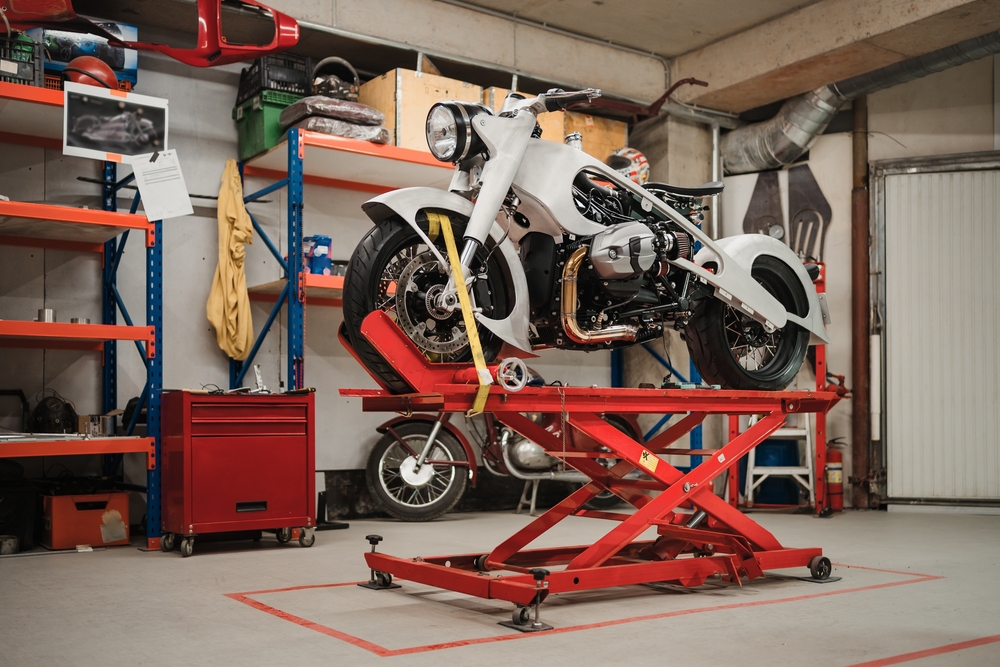
Safety should never be compromised for aesthetics or performance enhancements. Ignoring the safety implications of certain customizations can lead to dangerous riding conditions. Every modification should be evaluated for its impact on the motorcycle’s stability, handling, and braking capabilities. Installing certified parts and adhering to safety standards can prevent accidents and ensure the bike remains roadworthy.
Overdoing Aesthetics
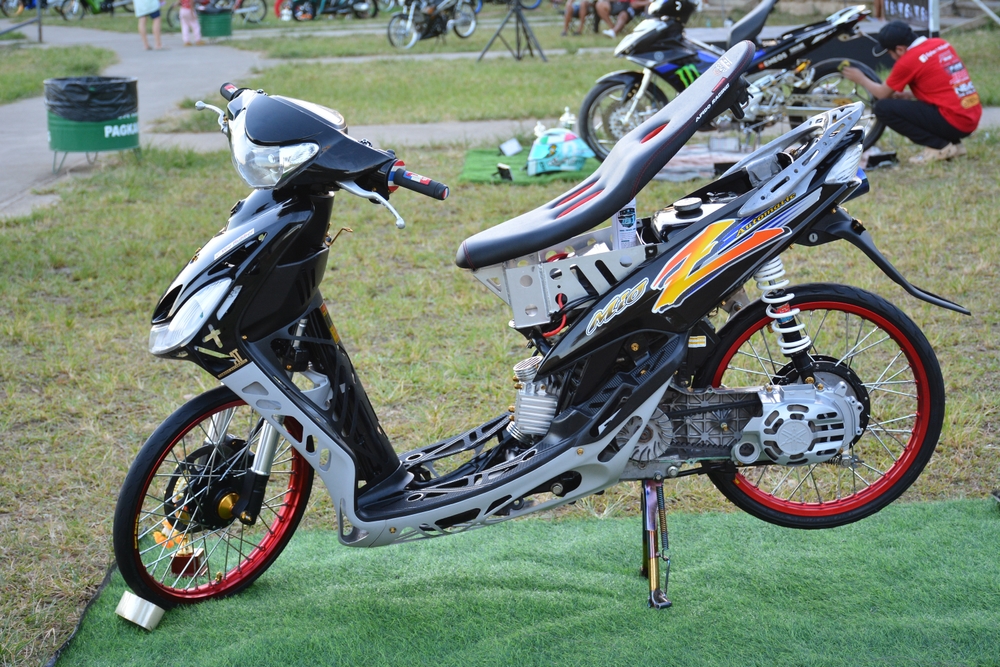
While personalizing the look of a motorcycle, it’s easy to overdo it with excessive or clashing modifications. Overdoing aesthetics can not only result in a visually unappealing bike but also add unnecessary weight or drag. Striking a balance between style and functionality is key, ensuring that each aesthetic enhancement complements the bike’s overall design and performance.
Not Considering Resale Value Depreciation
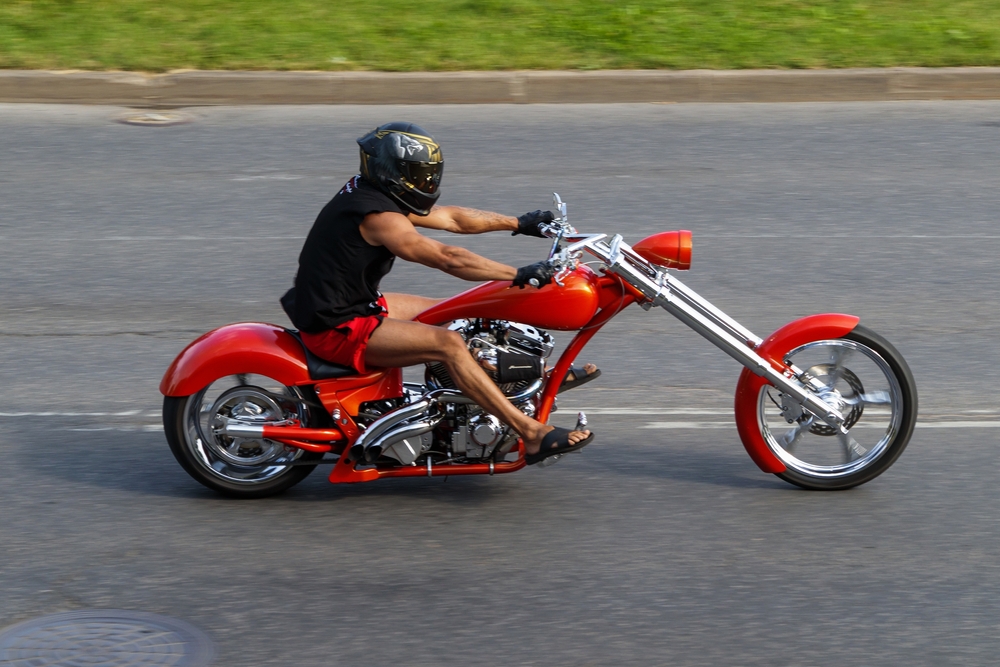
Customizations can significantly affect a motorcycle’s resale value. Highly personalized modifications might not appeal to the general market, leading to a decrease in resale value. It’s wise to consider how easily modifications can be reversed and to keep the original parts, which can help retain more of the motorcycle’s value if you decide to sell it later.
Ignoring Ergonomics
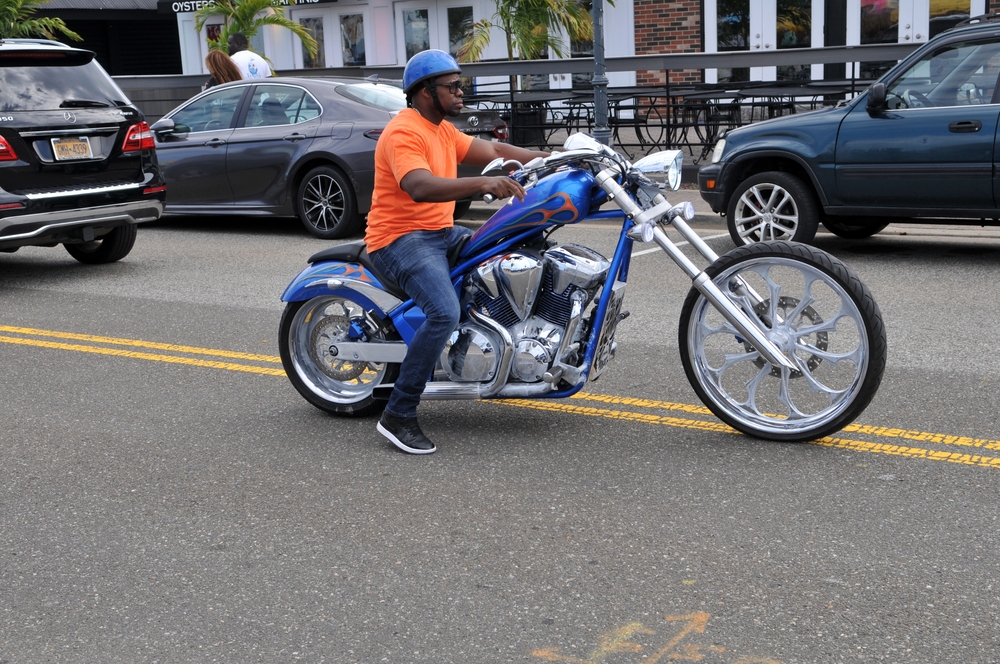
Ignoring ergonomics can lead to a bike that is uncomfortable or even painful to ride. Customizations should enhance the riding experience, not detract from it. Adjustments to seat height, handlebar position, and footpeg placement should be made with comfort in mind, allowing for a natural riding posture that can be maintained comfortably over long periods.
Underestimating the Costs Involved in Customization
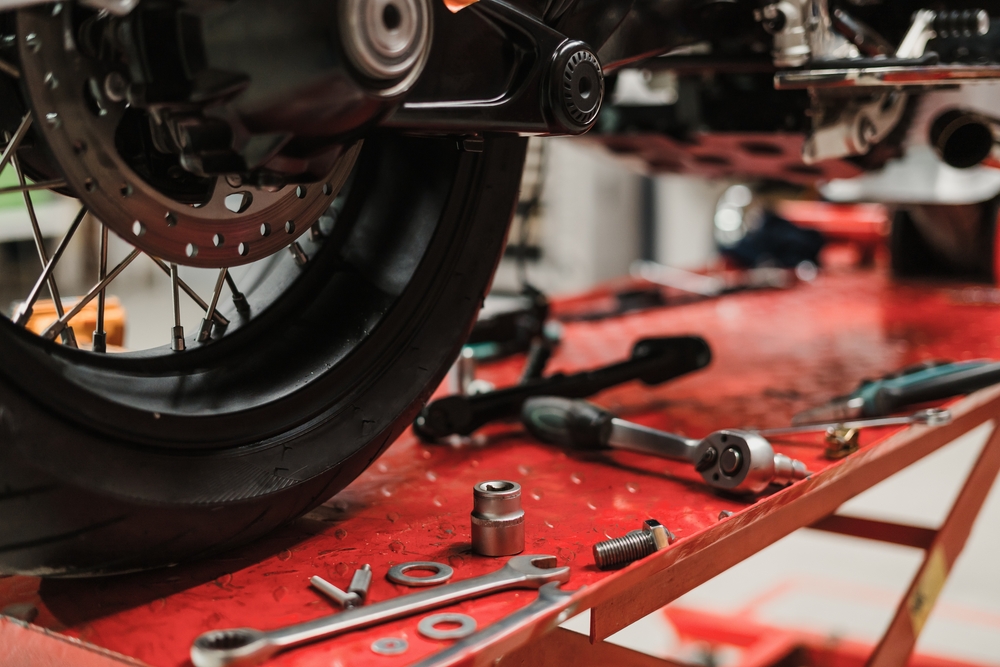
Customizing a motorcycle can be expensive, and it’s common to underestimate the total cost involved. Budgeting inaccurately can lead to unfinished projects or subpar modifications. It’s important to factor in the cost of parts, labor, and unexpected expenses to ensure the project can be completed to the desired standards.
Using Incompatible or Poor-Quality Parts

Using incompatible or low-quality parts can jeopardize the integrity and performance of the motorcycle. Selecting parts compatible with the bike’s make and model and choosing high-quality components from reputable manufacturers is crucial. This ensures longevity and reliability, maintaining the bike’s performance and safety.
Not Testing Thoroughly

Failing to thoroughly test a motorcycle after customization can lead to mechanical failures and safety risks. Each modification should be tested under various conditions to ensure it performs as expected and does not introduce new issues. Testing helps identify potential problems before the bike is regularly used, ensuring rider safety and component durability.
Neglecting Legal Compliance
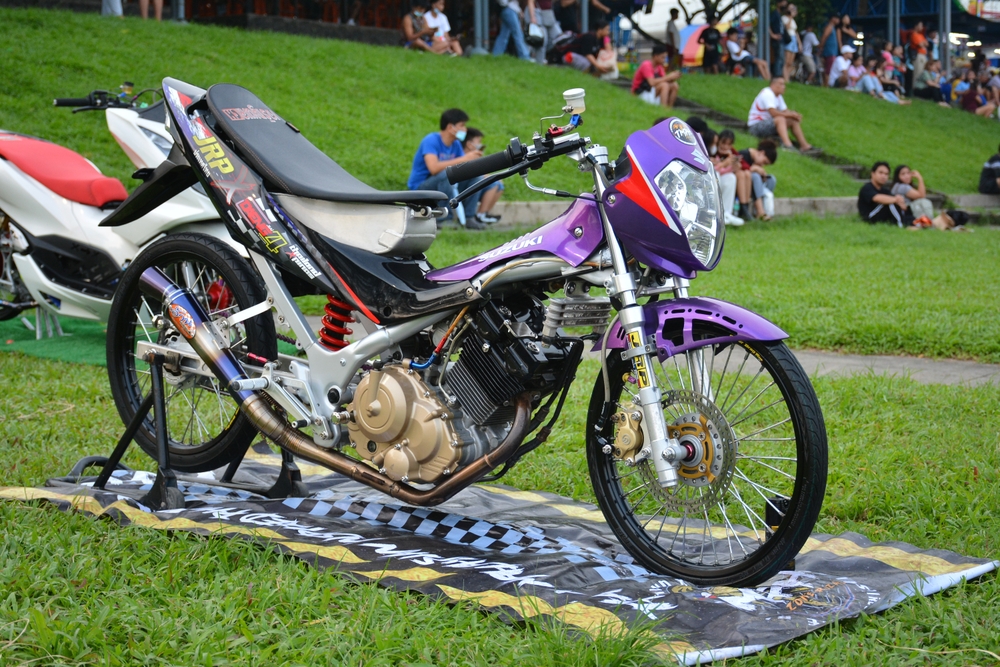
Customizing a motorcycle without considering legal requirements can lead to hefty fines or even impoundment. Many regions have strict regulations regarding exhaust systems, lighting, and overall vehicle dimensions. It’s crucial to familiarize yourself with local laws and ensure all modifications comply to avoid legal troubles and ensure the bike is street legal.
Overlooking Weight Distribution
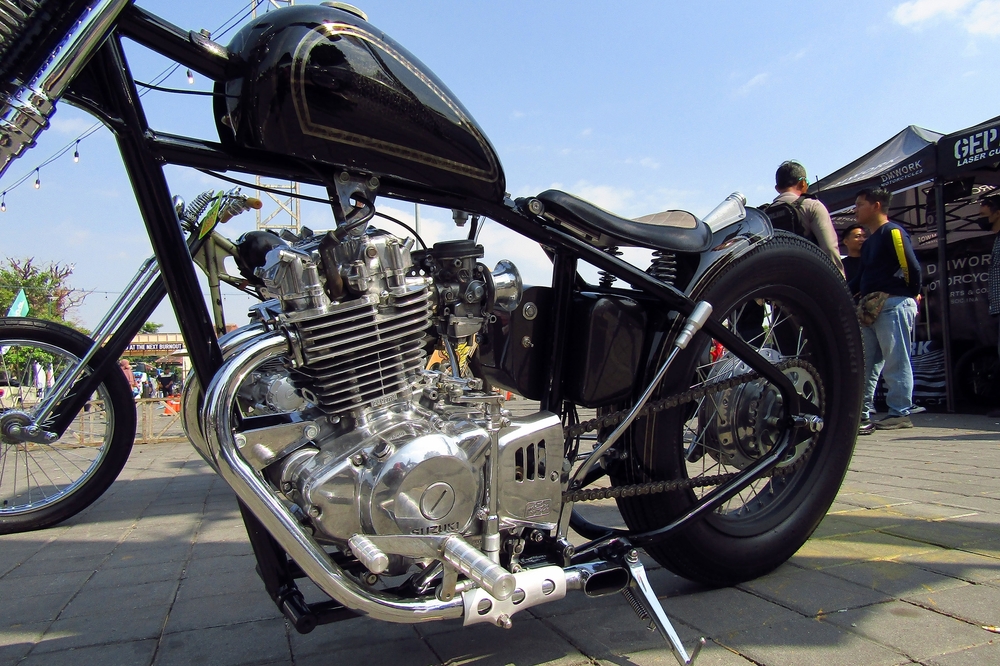
Modifications that alter the weight distribution of a motorcycle can affect its handling and stability. It’s important to consider the impact of any added or redistributed weight due to custom parts. Proper weight balance is crucial for maintaining the bike’s agility and responsiveness, especially when cornering or in varying road conditions.
Skimping on Suspension Adjustments
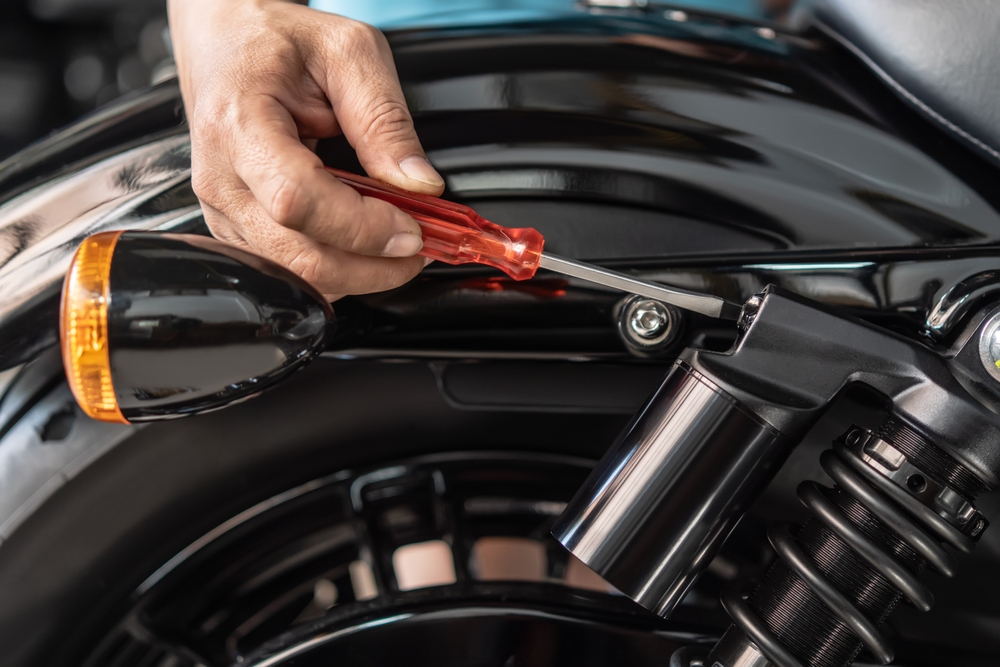
As the weight and dynamics of a motorcycle change with customizations, the suspension system may need adjustments to handle the new setup effectively. Failing to update the suspension settings can result in poor handling and increased wear on other components. It’s advisable to recalibrate or upgrade the suspension to match the new characteristics of the bike.
Ignoring the Impact on Fuel System
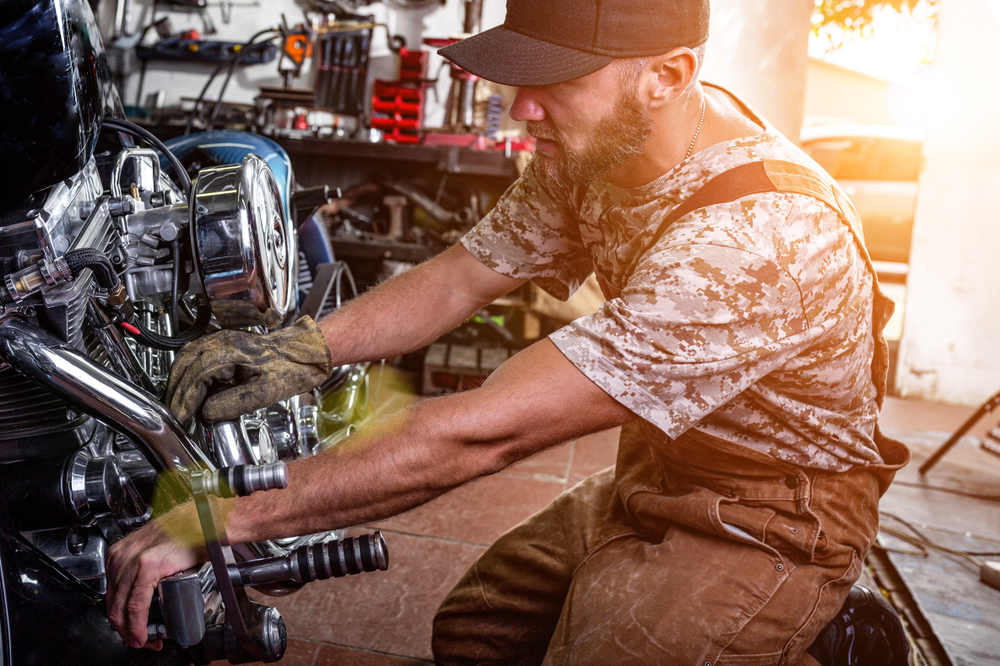
Customizations that affect engine performance, such as changes in exhaust systems or air intake, can also alter the motorcycle’s fuel requirements. Ignoring the impact on the fuel system can lead to inefficiency or engine damage. It’s important to adjust the fuel mapping or upgrade the fuel system to ensure optimal engine performance and efficiency.
Forgetting About Electrical System Upgrades
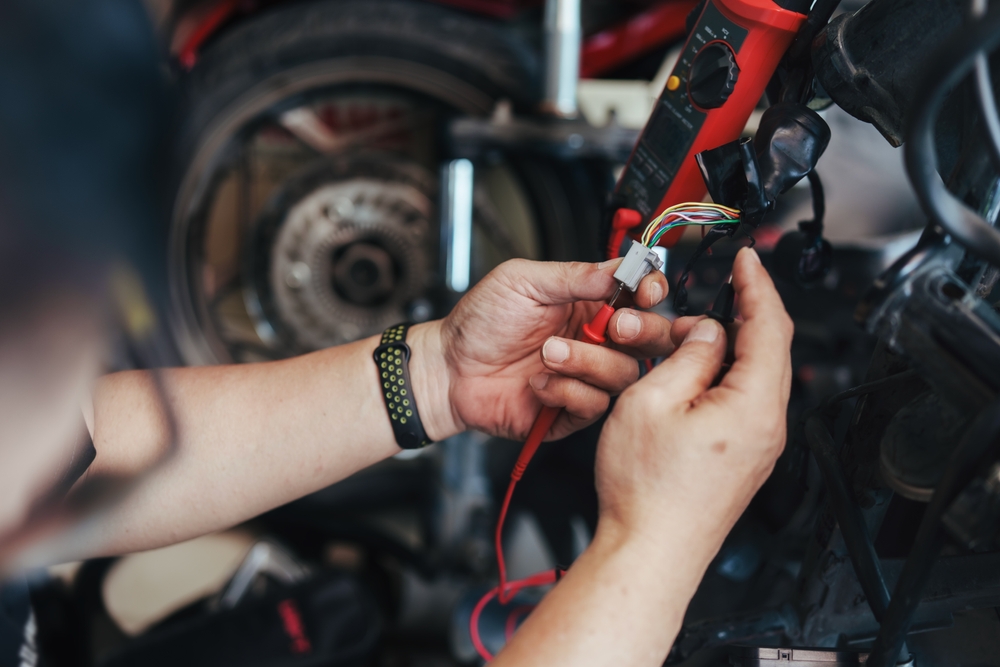
Adding electrical accessories or making significant changes to the engine can strain the motorcycle’s original electrical system. Overlooking necessary upgrades to the electrical system can lead to power shortages or malfunctions. It’s important to enhance the electrical system, possibly upgrading the battery or alternator, to support all new electrical demands reliably.
This article originally appeared on MyCarMakesNoise.
More from MyCarMakesNoise
16 Surprising Facts About the Honda Civic

The Honda Civic has long been a favorite among car enthusiasts and everyday drivers alike. Known for its reliability and efficiency, this iconic vehicle also has a few surprises up its sleeve. Read More.
25 Legendary Racing Cars from Motorsport`s Golden Age

The golden age of motorsport was a thrilling era marked by innovation, speed, and unforgettable races. This period gave rise to some of the most legendary racing cars that continue to inspire awe and admiration. Read More.
Top 15 Must-Have Mods for Your Classic Motorcycle Restoration

Restoring a classic motorcycle is a rewarding journey that combines passion, skill, and a love for vintage machines. To make your restoration project truly shine, incorporating some essential modifications is key. Read More.

